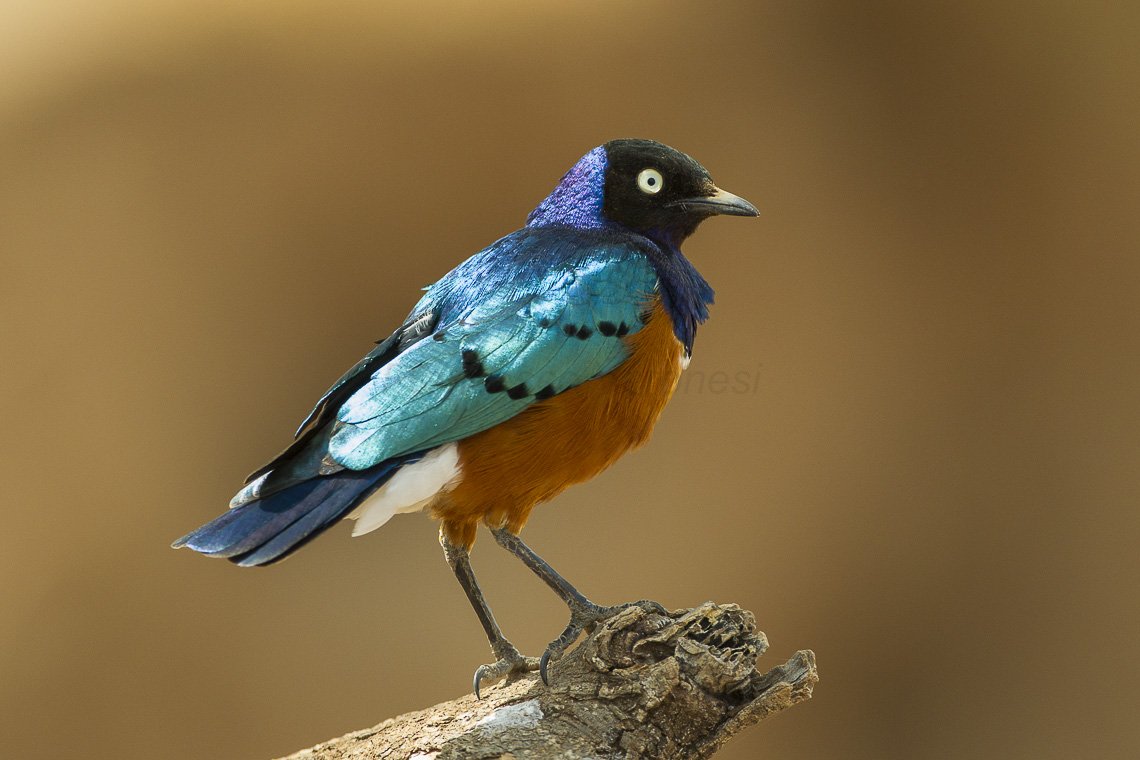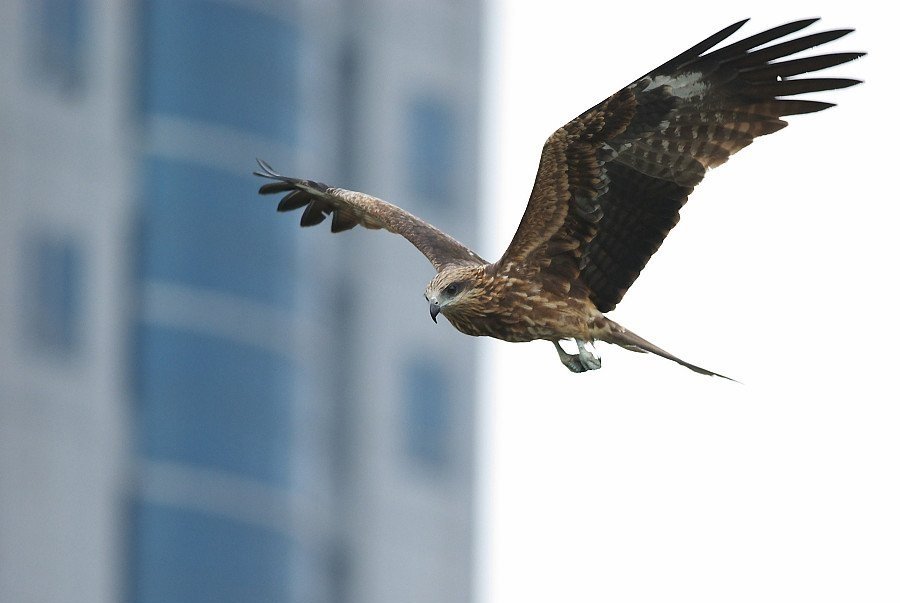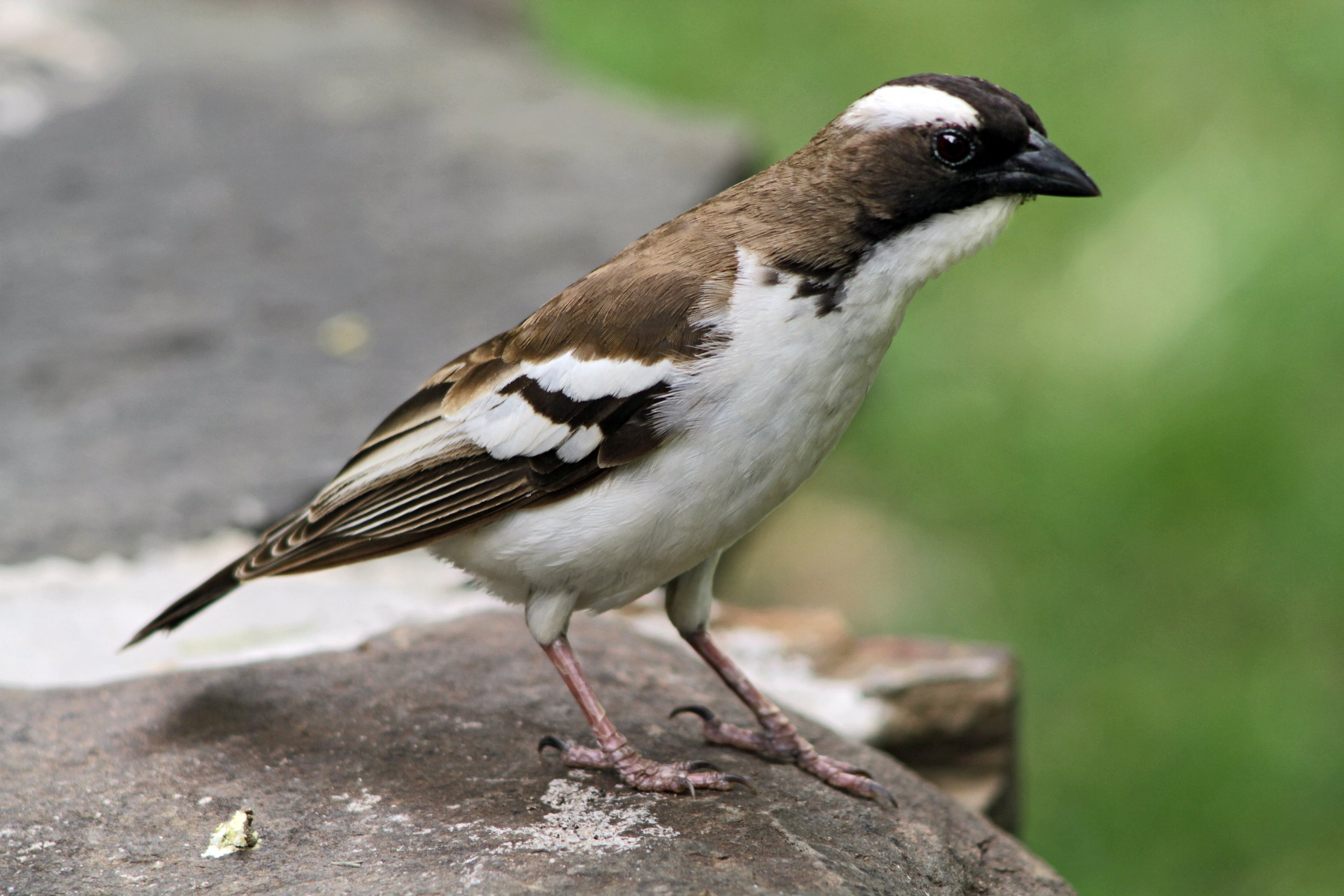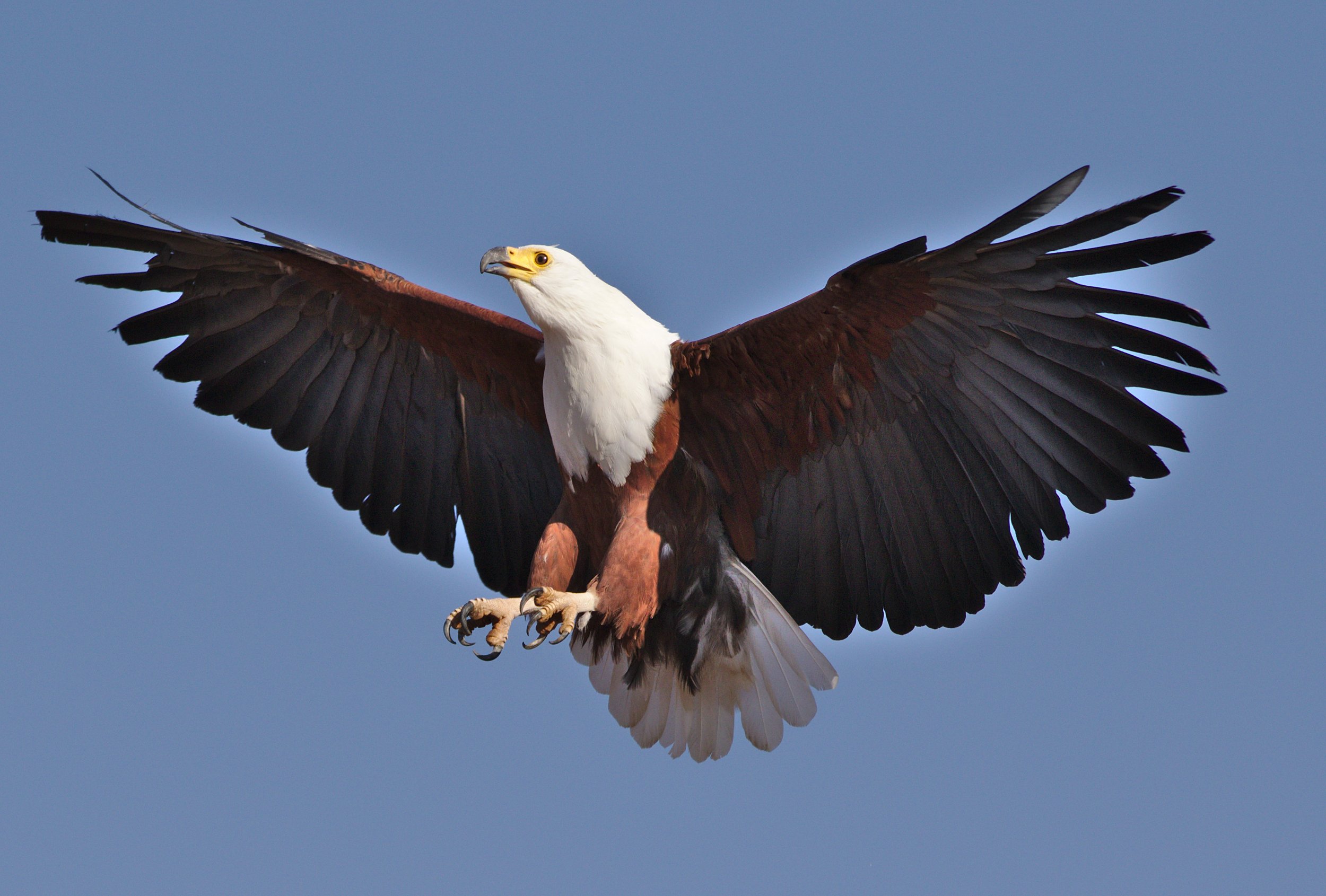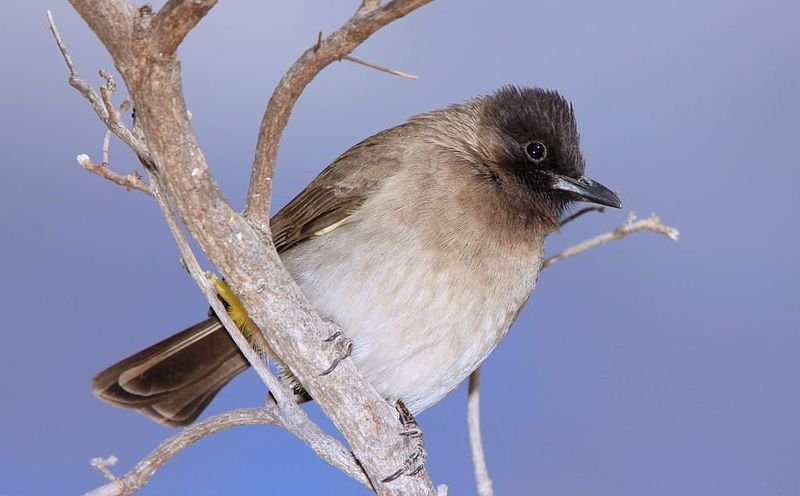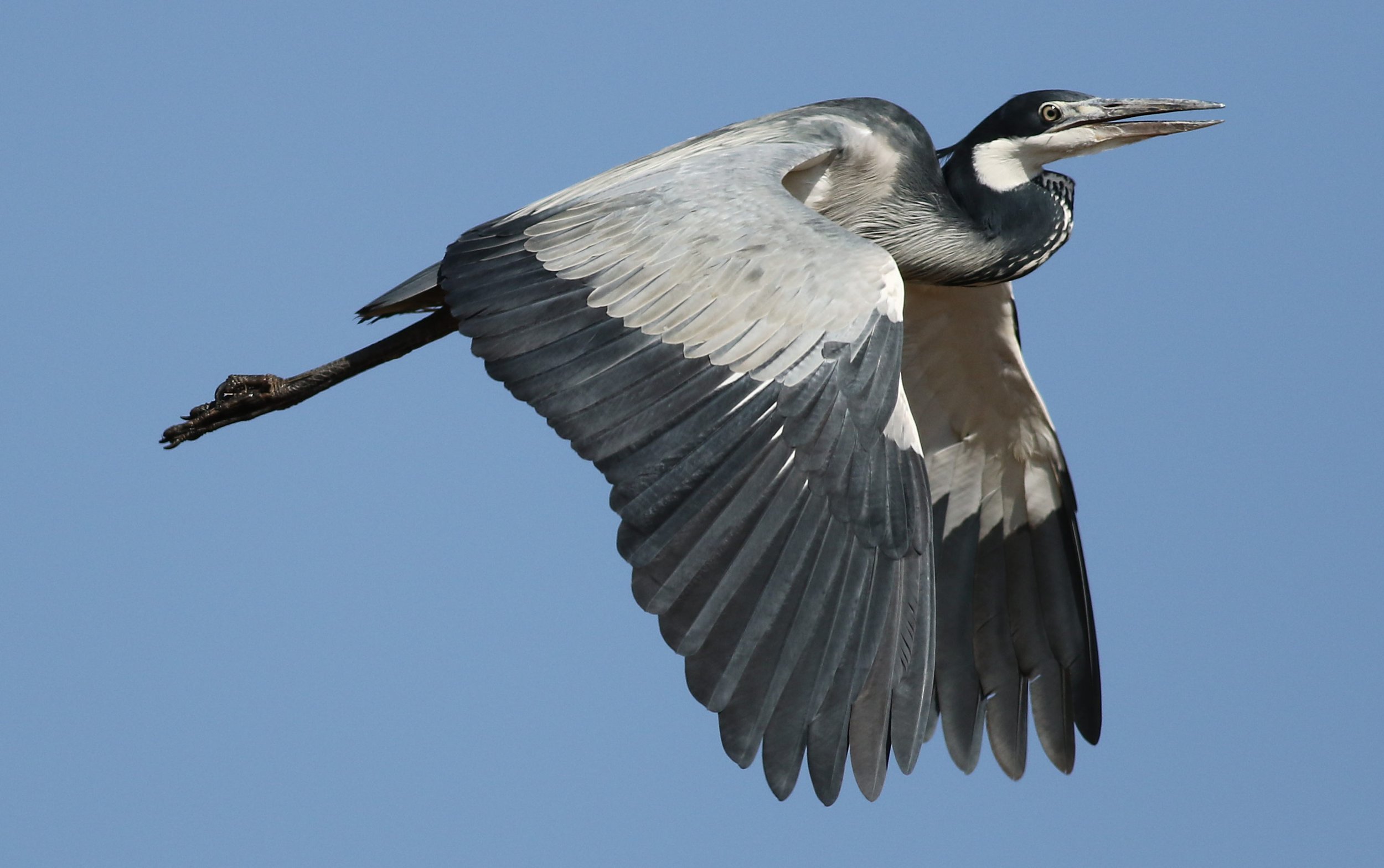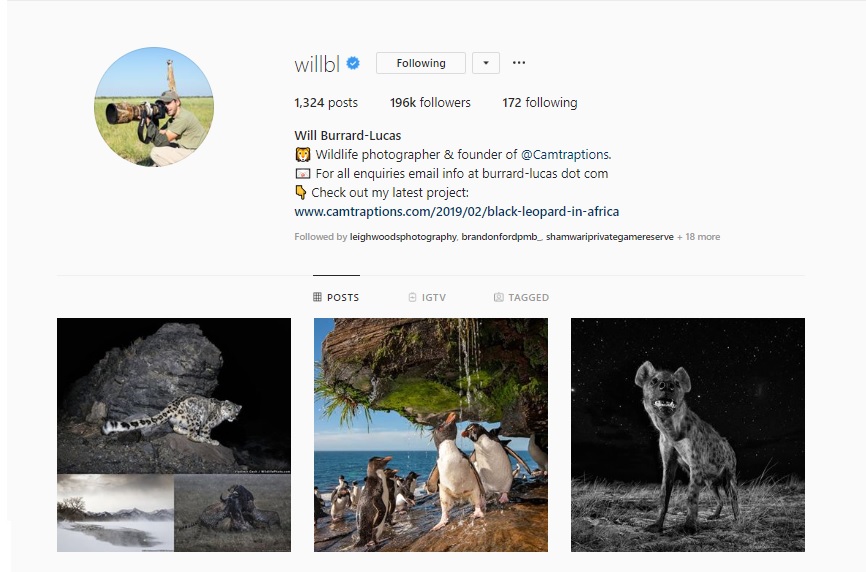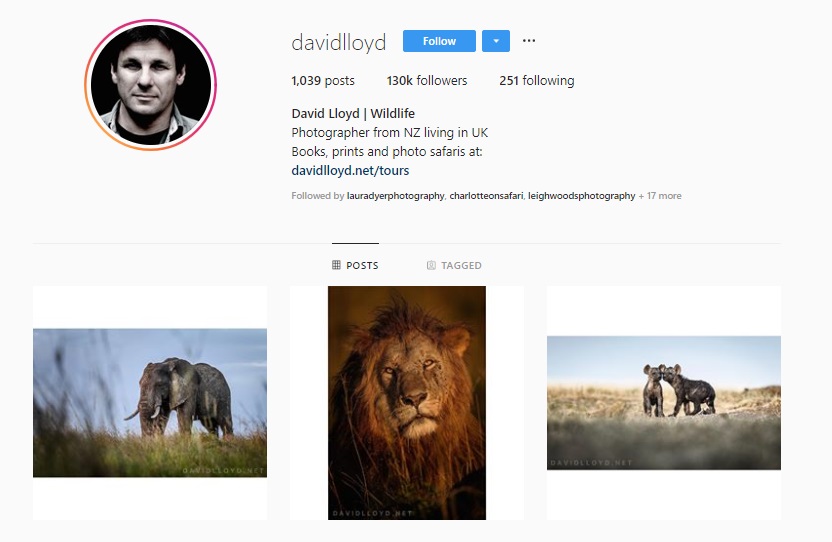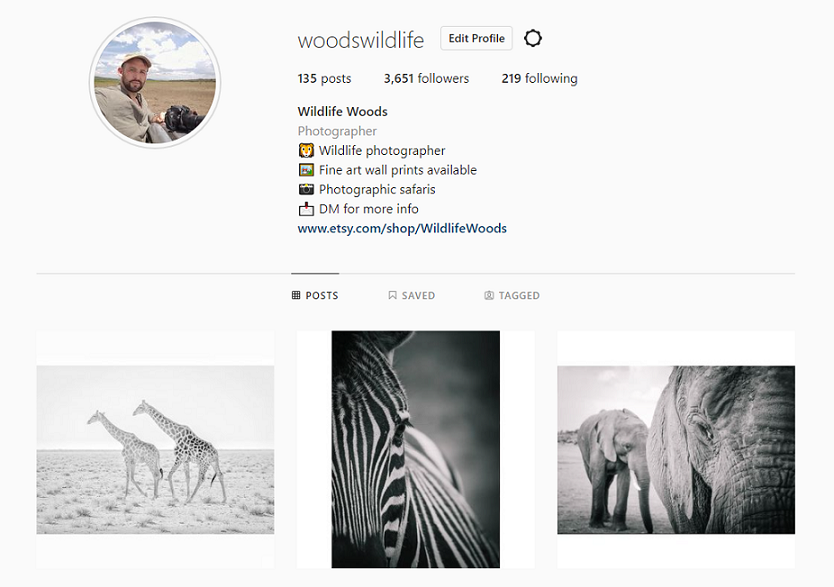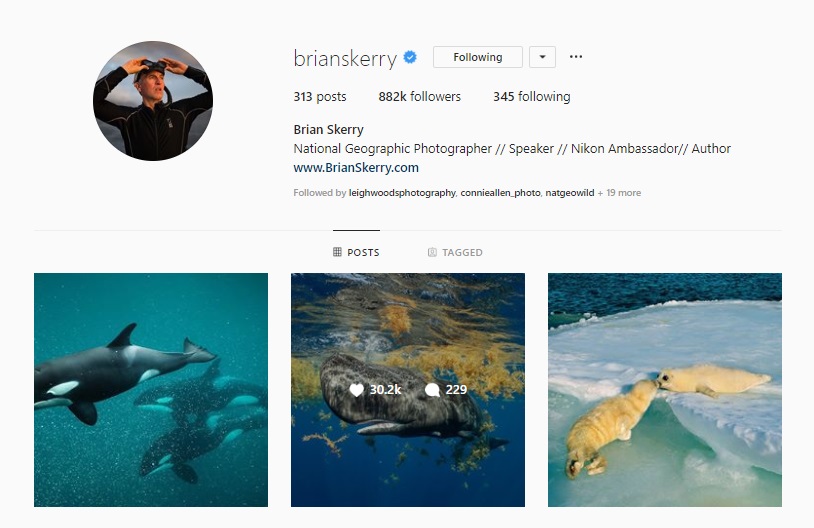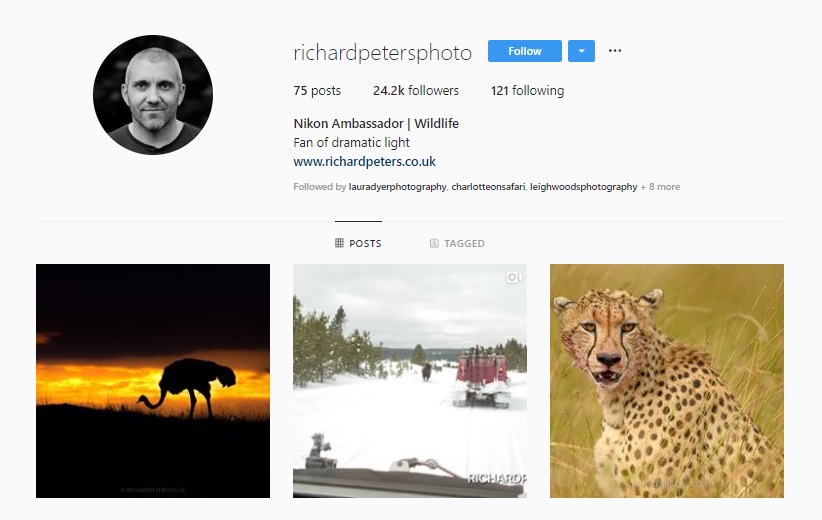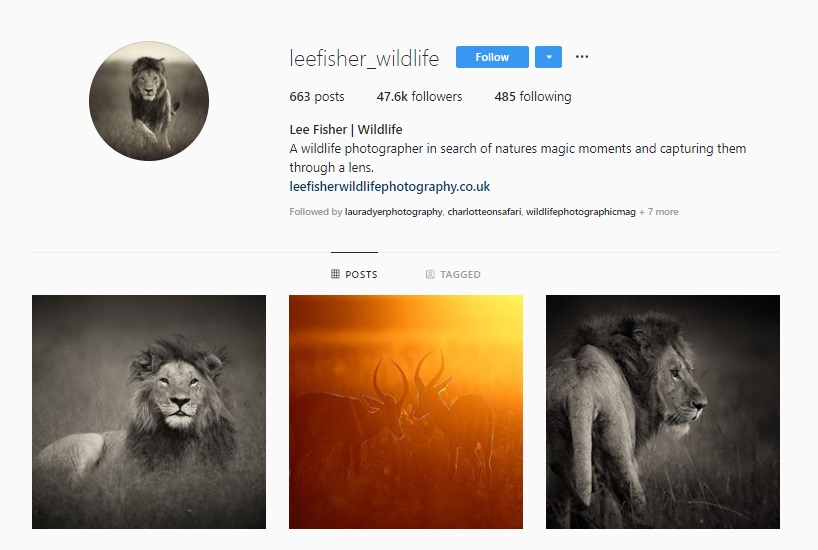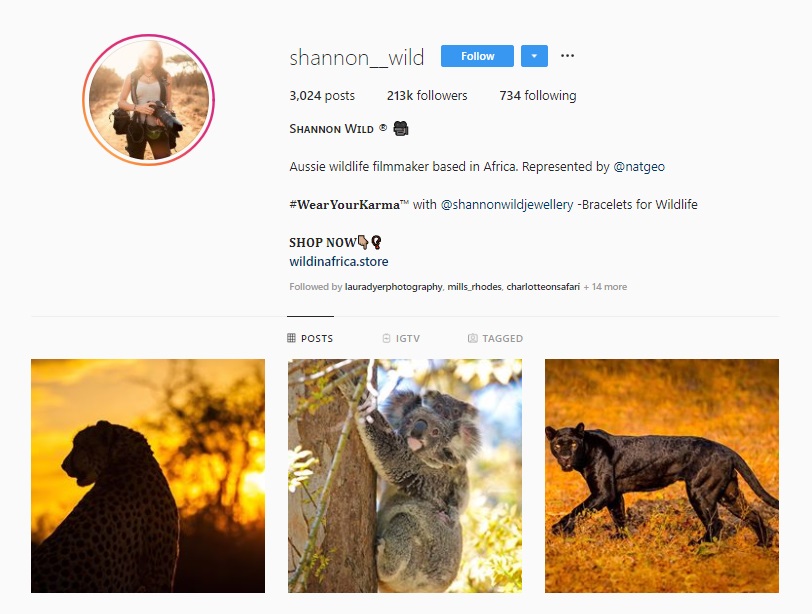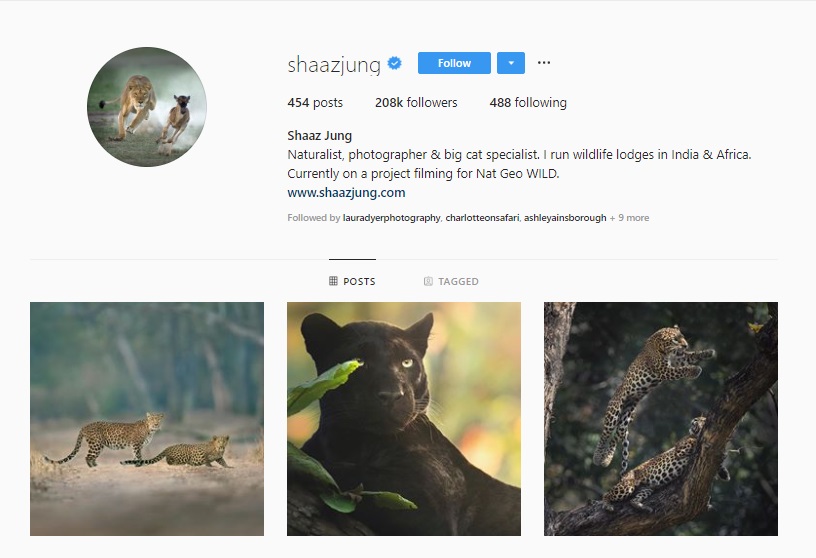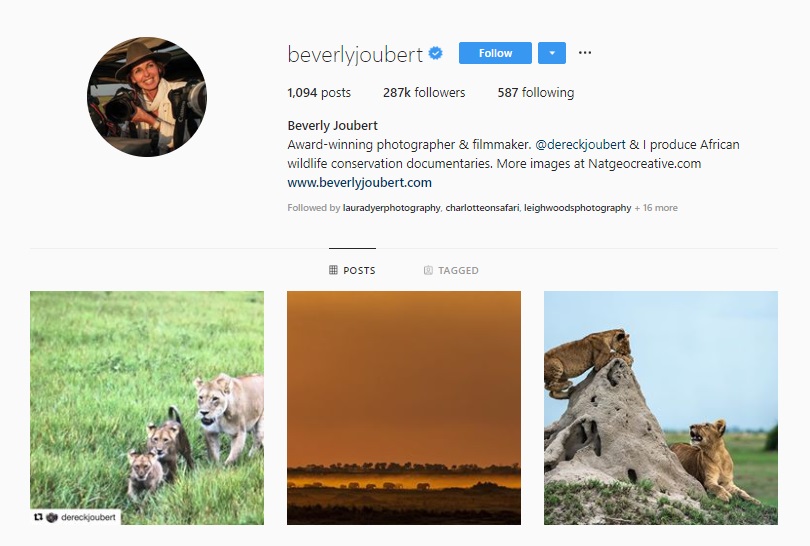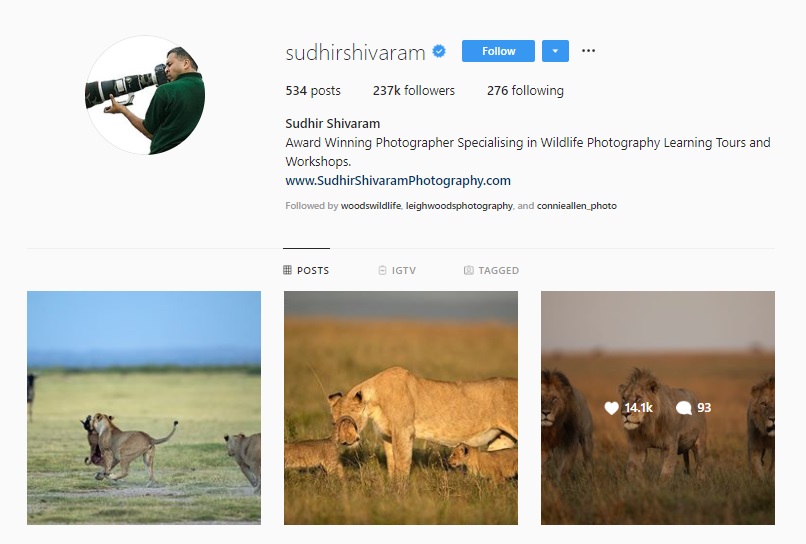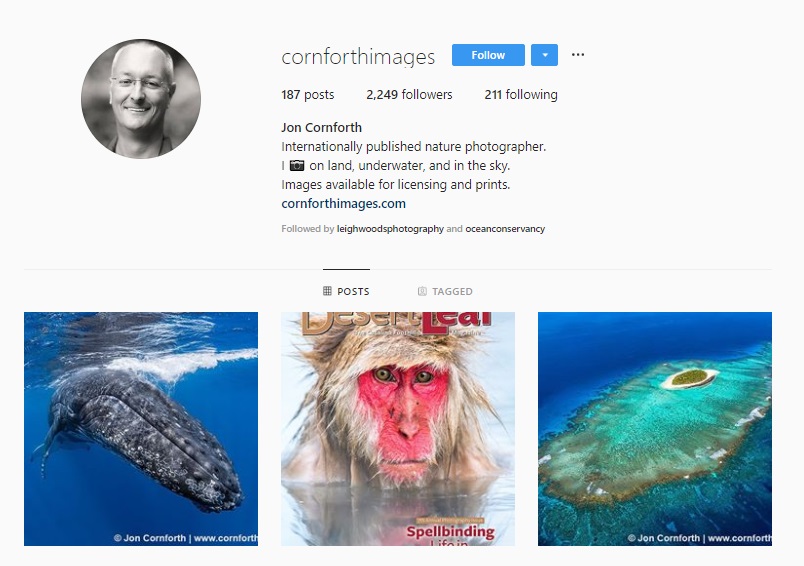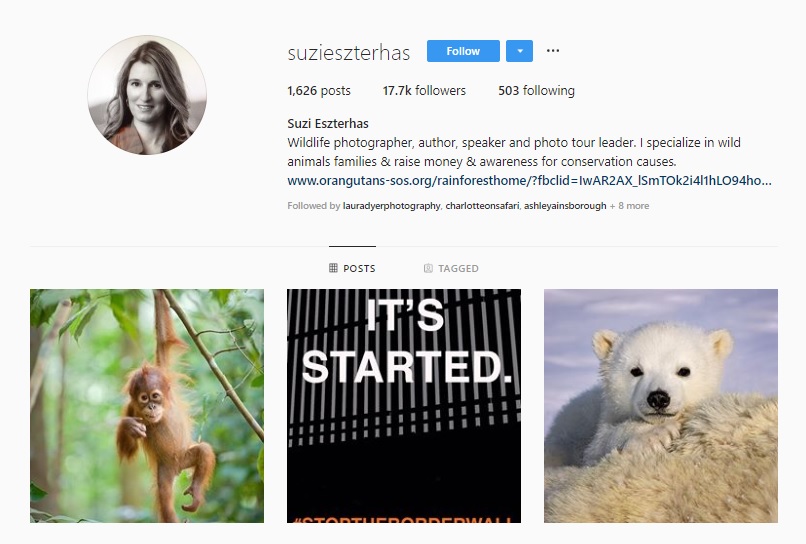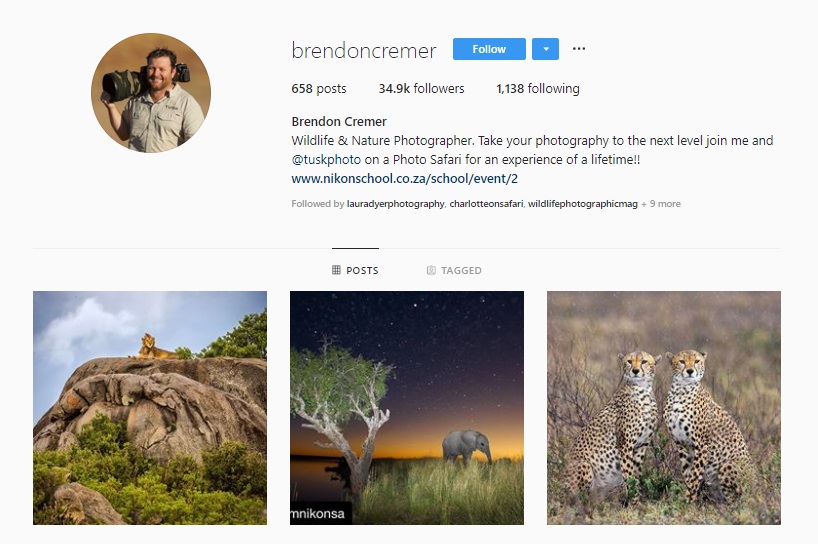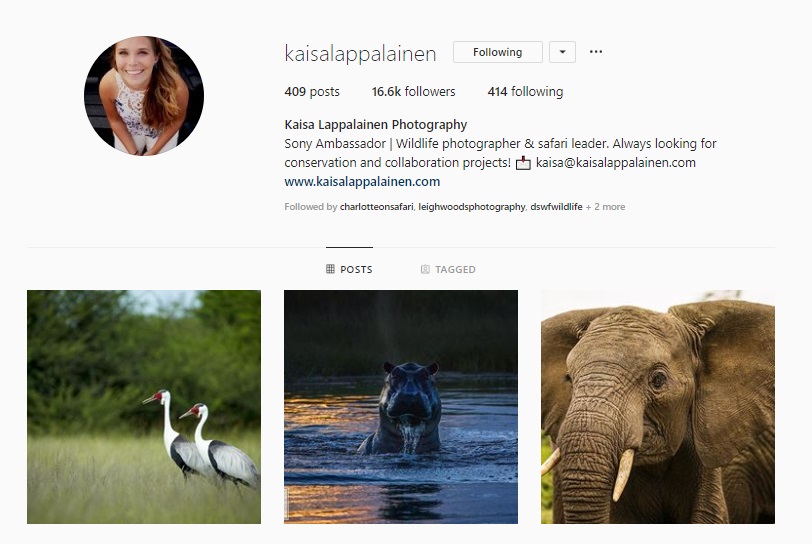Nairobi, the bustling capital of Kenya, is not only a hub of culture and commerce but also a haven for birdwatching enthusiasts. From vibrant colors to melodious songs, Nairobi boasts a diverse avian population. In this blog, we'll explore the 20 most commonly seen birds in the city, ranging from the ordinary to the extraordinary.
African Sacred Ibis
Description: Distinguished by its long, curved bill and immaculate white plumage, the African Sacred Ibis stands tall, adding elegance to Nairobi's wetlands.
Behavior: A skilled forager, using its long bill to probe for insects, small vertebrates, and plant matter.
Sound: Emits a throaty croak.
Best Spots: Ngong Road Forest Sanctuary and Nairobi Dam.
Superb Starling
Description: Radiant plumage of metallic blues, greens, and purples makes the Superb Starling a living kaleidoscope against Nairobi's sky.
Behavior: Social birds often seen in lively flocks, displaying animated interactions.
Sound: Chattering and melodious whistles.
Best Spots: Karura Forest and City Park.
Hadada Ibis
Description: With iridescent green and bronze plumage, the Hadada Ibis is a regal presence in Nairobi's green spaces.
Behavior: Often seen in pairs or small groups, foraging for insects and emitting distinctive "haa-haa-haa" calls.
Sound: Unmistakable loud "haa-haa-haa" call.
Best Spots: Nairobi Arboretum and Karura Forest.
Pied Crow
Description: Stately in black and white, the Pied Crow is a common urban dweller, adding sophistication to Nairobi's skyline.
Behavior: Highly adaptable, known for intelligent foraging and exploiting various food sources.
Sound: Harsh cawing.
Best Spots: Open areas like golf courses and urban parks.
Black Kite
Description: Commanding the skies with a majestic wingspan and forked tails, the Black Kite soars gracefully over Nairobi.
Behavior: Skilled hunters often seen circling over open areas, scavenging for food.
Sound: High-pitched calls while soaring.
Best Spots: Ngong Hills and Nairobi National Museum grounds.
Speckled Pigeon
Description: Featuring unique spotted plumage, the Speckled Pigeon adds urban sophistication to Nairobi's public spaces.
Behavior: Urban dwellers commonly perched on buildings, foraging for seeds and grains.
Sound: Gentle cooing.
Best Spots: City rooftops and public squares.
White-browed Sparrow Weaver
Description: Small, sociable birds with striking black and white plumage and distinctive white eyebrows.
Behavior: Skilled nest builders creating communal nests, adding charm to Nairobi's green areas.
Sound: Chirps and melodious calls.
Best Spots: Nairobi National Museum and Nairobi City Park.
African Thrush
Description: Dapper with a speckled breast and an orange eye-ring, the African Thrush contributes to Nairobi's morning chorus.
Behavior: Ground-dwelling foragers emitting melodious whistles during their activities.
Sound: Melodious whistles.
Best Spots: Karura Forest and Nairobi Arboretum.
Yellow-whiskered Greenbul
Description: Sporting vibrant green and yellow plumage, the Yellow-whiskered Greenbul adds a splash of color to Nairobi's tree canopies.
Behavior: Agile birds navigating dense foliage, using slender bills to catch insects.
Sound: Melodious songs.
Best Spots: Karura Forest and City Park.
African Fish Eagle
Description: Majestic with a white head and tail, the African Fish Eagle symbolizes Africa's waterways.
Behavior: Excellent fishermen, swooping down to snatch fish with sharp talons and emitting distinctive calls.
Sound: Distinctive, echoing calls.
Best Spots: Nairobi Dam.
Ring-necked Dove
Description: Recognizable by the iridescent ring around its neck, the Ring-necked Dove brings elegance to Nairobi's gardens.
Behavior: Ground-feeders foraging for seeds and grains, emitting gentle cooing.
Sound: Gentle cooing.
Best Spots: Residential gardens and parks.
Eastern Grey Plantain-eater
Description: Also known as the Grey Go-away-bird, this bird boasts a distinctive crest and red eye.
Behavior: Vocal and social, emitting "go-away" calls to communicate, often perching conspicuously.
Sound: Raucous calls.
Best Spots: Nairobi National Museum and Karura Forest.
Little Bee-eater
Description: Small, agile, and colorful, the Little Bee-eater showcases a mix of green, red, and blue plumage.
Behavior: Skilled at catching bees and insects in mid-air, returning to perches to devour their catch.
Sound: Melodious calls during flight.
Best Spots: City Park and Karura Forest.
Common Bulbul
Description: Adaptable with brown plumage and a pointed crest, the Common Bulbul's varied songs are a common urban soundtrack.
Behavior: Active foragers often seen in trees, emitting a variety of calls to communicate.
Sound: Melodious and varied songs.
Best Spots: Nairobi Arboretum and Karura Forest.
African Olive Pigeon
Description: Striking in olive and pink, the African Olive Pigeon's deep coos resonate in pairs or groups foraging in Nairobi National Museum and City Park.
Behavior: Found in pairs or small groups, foraging for fruits and berries.
Sound: Deep, resonant coos.
Best Spots: Nairobi National Museum and City Park.
Black-headed Heron
Description: Sporting a black cap and white neck, the Black-headed Heron adds grace near water bodies.
Behavior: Solitary hunters, patiently stalking prey in shallow water, using sharp bills to snatch fish.
Sound: Harsh croaking during flight.
Best Spots: Nairobi Dam and Ngong Hills.
Cattle Egret
Description: Small and elegant, Cattle Egrets forage in grasslands, often in the company of grazing animals.
Behavior: Often seen in flocks, foraging in grasslands, and following large mammals to catch insects stirred up by movement.
Sound: Soft clucks and calls.
Best Spots: Open grasslands.
Northern Masked Weaver
Description: Males boast black and yellow plumage, constructing intricate hanging nests. Known for elaborate nest-building skills, often hanging from tree branches, using them to attract mates.
Behavior: Elaborate nest builders, constructing intricate hanging nests to attract mates.
Sound: Chirps and rapid, repetitive calls.
Best Spots: Nairobi Arboretum and Karura Forest.
SCARLET-chested Sunbird
Description: Dazzling in iridescent colors, the Scarlet-chested Sunbird flits among flowering trees, adding vibrancy to Nairobi's green spaces.
Behavior: Feeds on nectar from flowers, hovering with remarkable agility.
Sound: Soft and high-pitched twittering.
Best Spots: Karura Forest and City Park.
Northern Red-billed Hornbill
Description: Characterized by a distinctive casque on the bill and vibrant red beak, the Northern Red-billed Hornbill is a frequent sight in Nairobi's woodlands.
Behavior: Often seen in pairs or small groups, hopping between branches and foraging for insects.
Sound: Loud, cackling calls.
Best Spots: Karura Forest and Nairobi Arboretum.
Marabou Stork
Description: Towering and bald-headed, the Marabou Stork is a scavenger with a massive wingspan, often seen near water bodies.
Behavior: Scavenging opportunist, often seen near urban areas and waste sites.
Sound: Low, guttural croaks.
Best Spots: Ngong Hills and City Park

